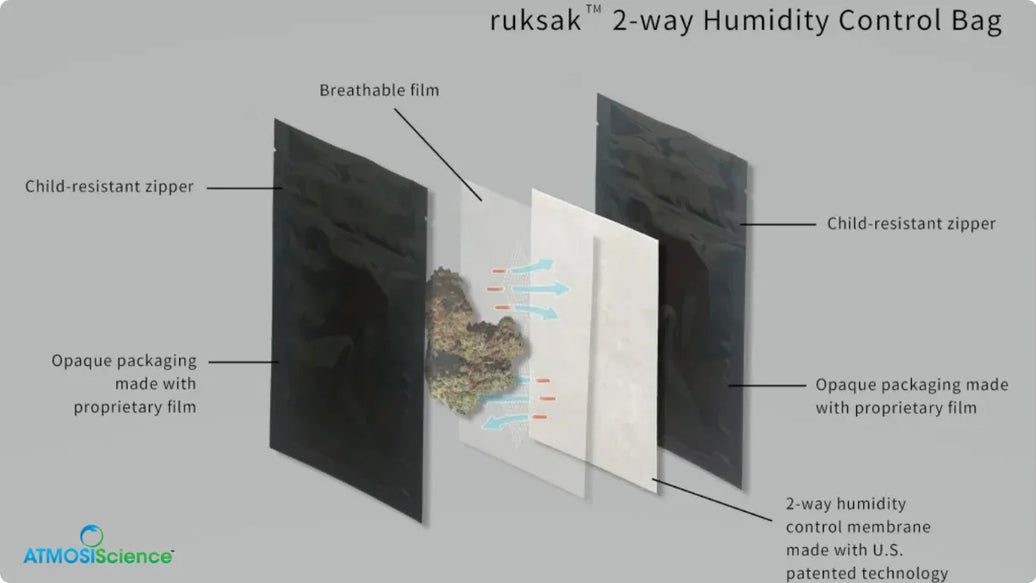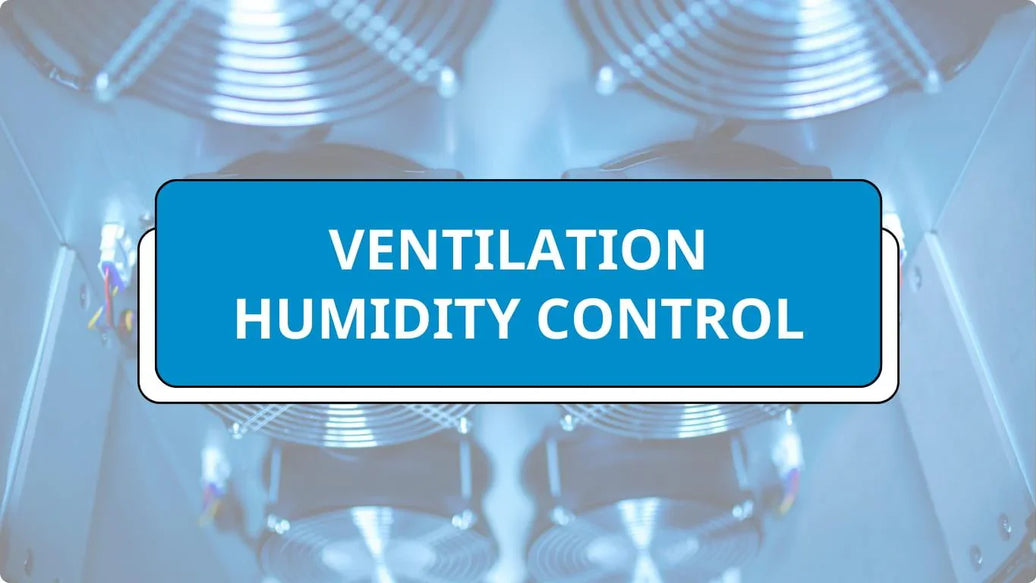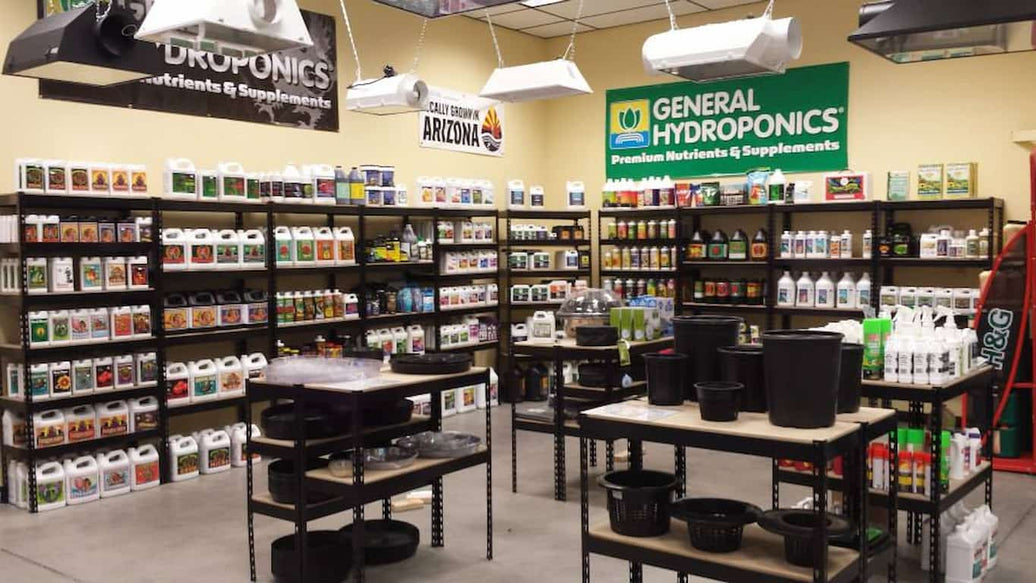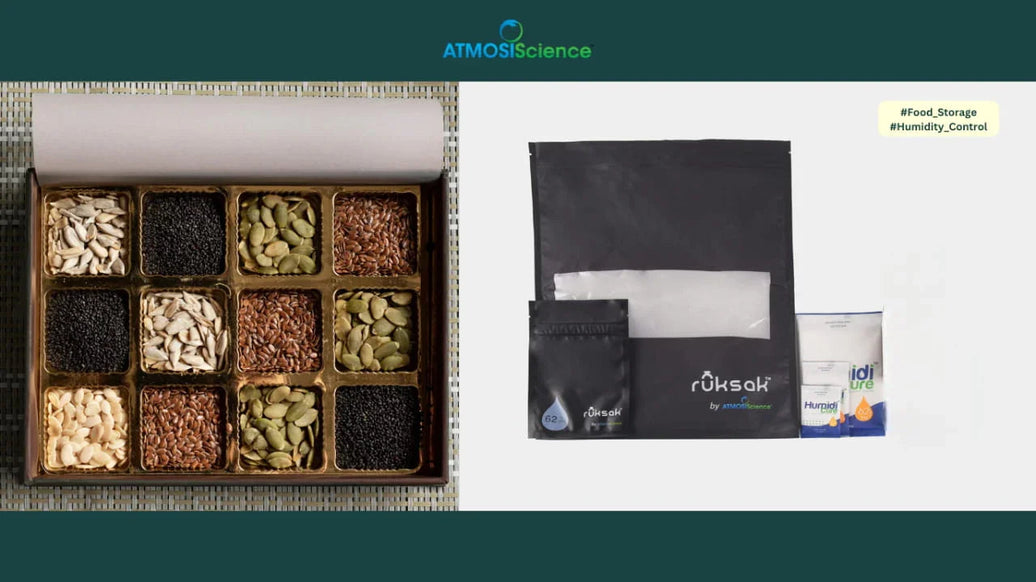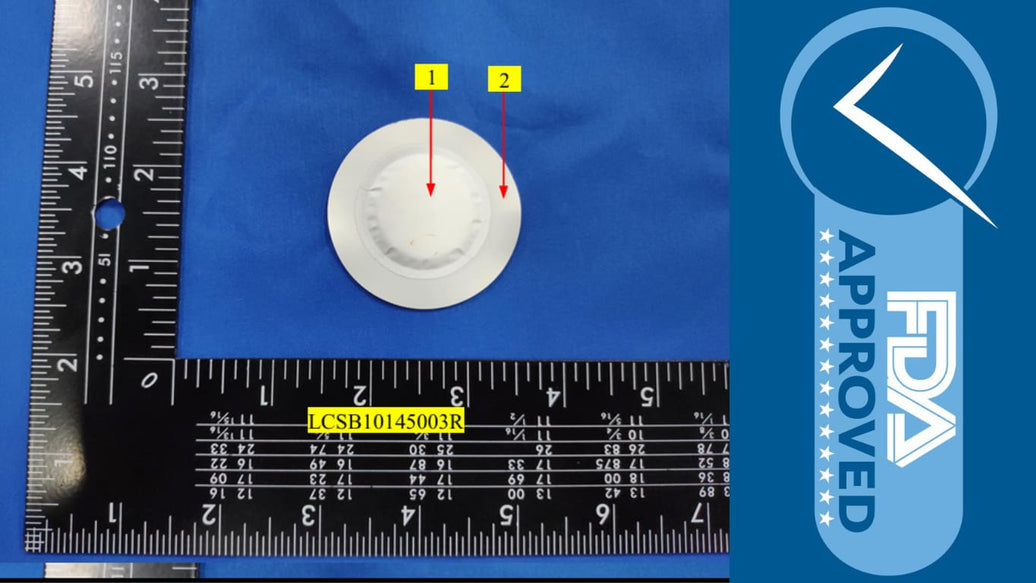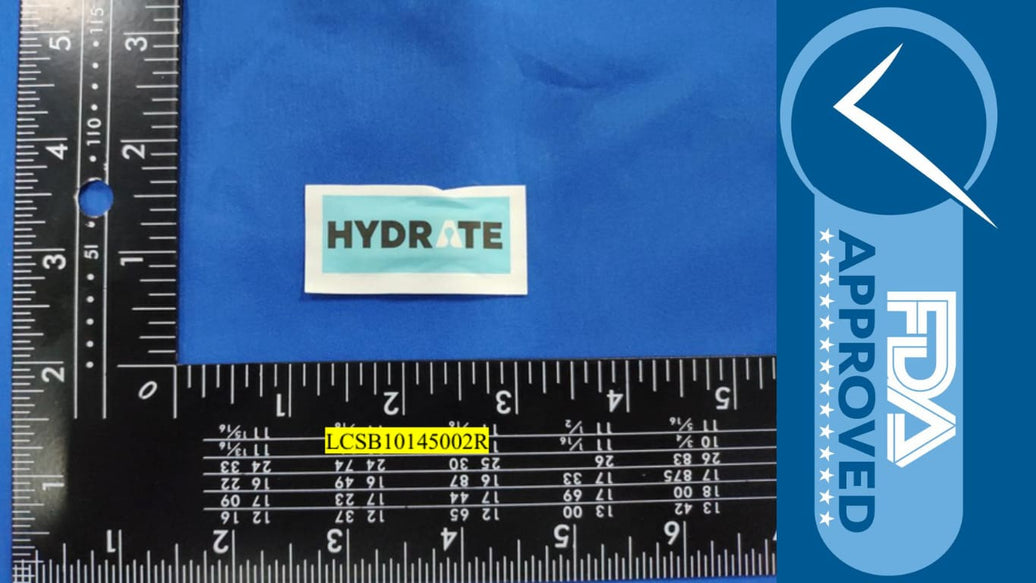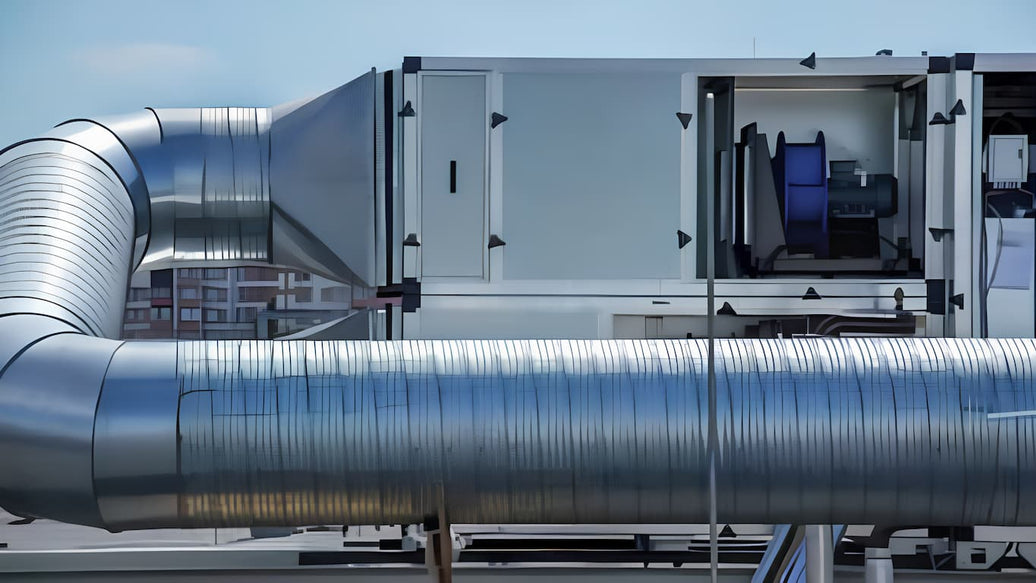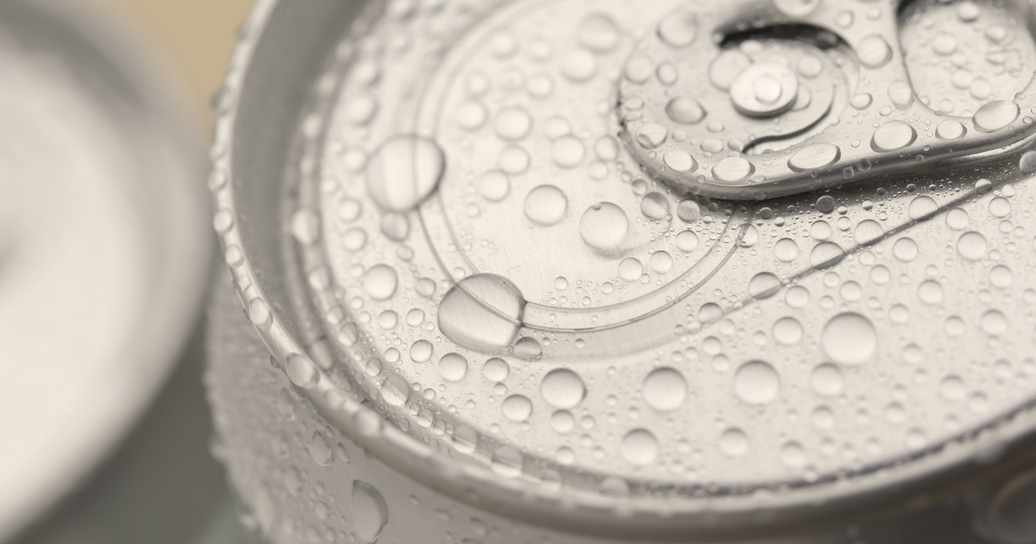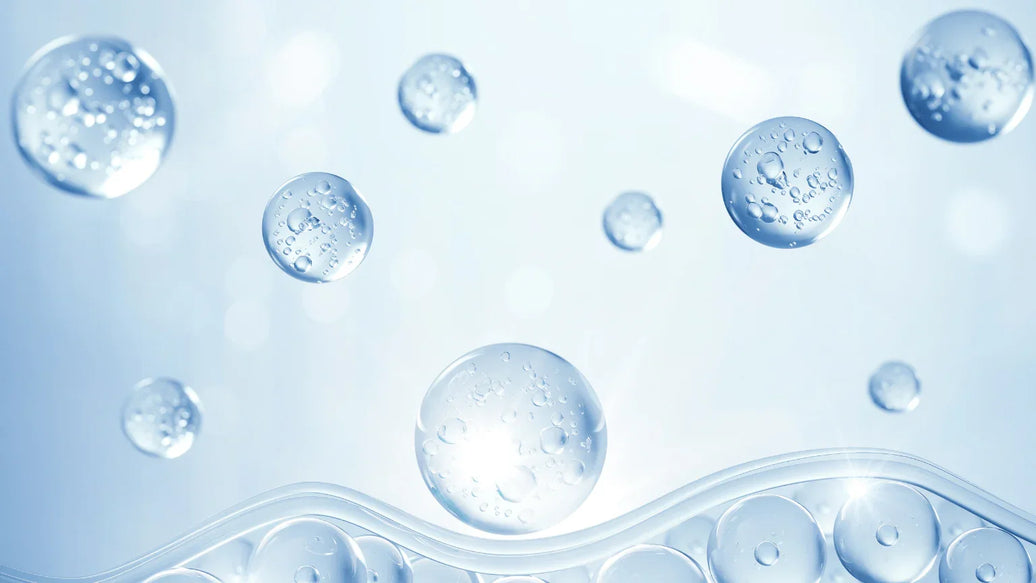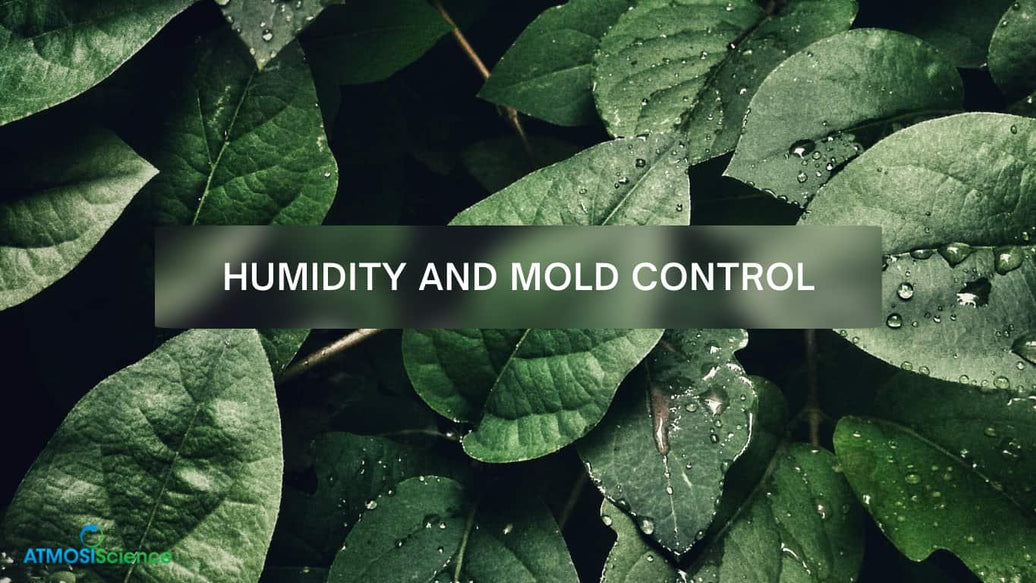Humidity and dust do more than coexist – they interact in complex ways that influence health, technology, and air quality. The relationship between humidity and dust is central to indoor air health, allergen management, and technological efficiency, especially where critical thresholds, like the dust mites humidity level, play a key role. Let’s explore with ATMOSIScience these interactions across various domains with specific data and illustrated charts.

Microscopic interactions between humidity and dust
Adsorption and particle behavior
At a microscopic level, dust particles adsorb water molecules from the air. This alters their mass, surface tension, and suspension ability in the atmosphere. In environments where the relative humidity (RH) is below 40%, dust remains dry, lightweight, and more prone to remaining airborne. As RH rises, particles begin to attract moisture, leading to agglomeration and reduced airborne persistence. Water molecules forming thin films on dust surfaces increase cohesion between particles, facilitating their deposition.
Adhesion forces and relative humidity
As shown in the chart, the adhesive force between dust and surfaces increases with RH. Below 40%, van der Waals forces dominate particle adhesion, resulting in lower stickiness. Above 40%, capillary condensation takes over, creating stronger liquid bridges between dust particles and surfaces. This phase transition in adhesion mechanism makes cleaning tasks more difficult and causes dust to cling to materials such as glass, metal, and plastics.

This effect is especially problematic in environments requiring clean surfaces, such as hospitals, laboratories, or electronic production facilities.
Humidity thresholds and dust concentration trends
Critical humidity threshold: 25%
The humidity and dust concentration relationship is non-linear. As RH increases up to 25%, dust concentration in the air tends to rise. This is primarily because slight moisture reduces the cohesive forces within dust clusters, enabling easier suspension in air. However, past 25% RH, continued water adsorption leads to particle agglomeration, increasing the effective particle size and weight, thus promoting faster settling.

This bell-curve behavior is pivotal in designing humidity-controlled spaces, especially for areas prone to particulate pollution.
Implication for airborne dust management
Knowledge of these thresholds is essential in HVAC engineering and air filtration system calibration. Maintaining RH near the inflection point may help reduce both fine particulate suspension and excessive humidity-driven contamination.
Electrostatics and humidity: Suppression of dust cling
Static charges in dry air
Electrostatic forces significantly influence dust adhesion in dry conditions. Dust particles become electrostatically charged through friction or contact with surfaces, causing them to stick to electronic equipment and delicate instruments. This problem is most severe when RH drops below 30%, as dry air cannot dissipate accumulated charge.
Practical outcomes
Increased RH improves air conductivity, neutralizing electrostatic charges and reducing dust buildup. This principle underpins static control protocols in cleanroom environments, data centers, and art museums where particulate contamination must be minimized.
Wind, dust, and humidity: Outdoor dynamics
Wind speed influence by relative humidity
While high wind speeds lift dust particles from the ground, RH modifies how these particles behave. In semi-arid environments, studies show dust concentration rises with wind speed, but the steepness of this increase depends on the existing RH. At 30% RH, particles remain suspended longer than at 70% RH, where higher moisture content leads to particle aggregation and gravitational settling.

Application in arid and semi-arid regions
Understanding this interaction enables better dust forecasting and mitigation efforts. Construction sites, agricultural lands, and desert-edge urban zones benefit from dynamic RH and wind-based suppression strategies, such as misting or windbreak installations.
Surface deposition and mud formation
Surface adhesion at high RH
Increased RH enhances dust adhesion to surfaces via liquid bridges. This explains the more noticeable accumulation of dust in bathrooms and kitchens, where RH is usually elevated. High RH also leads to larger particles sticking more easily, influencing surface contamination patterns across different materials.
Mud and chemical reactions
When RH exceeds critical levels for prolonged periods, dust particles on metal or glass surfaces begin to absorb enough water to form mud. On aluminum, this can initiate chemical reactions where alkaline and alkaline earth components dissolve, forming a basic solution with a pH above 8. This mud, upon drying, forms crusts that corrode surfaces.
Impact on reflective materials
In solar panels and architectural glass, this mud drastically reduces reflectivity and light transmission. Maintenance becomes difficult and less effective, as cleaning cannot fully reverse surface etching from dried mud films.
Solar panels: A victim of humidity-dust synergy
Efficiency decline with RH
Solar energy systems are especially vulnerable to humidity and dust interactions. With higher RH, the same level of dust causes faster declines in photovoltaic performance due to stronger adhesion and lower transmissivity.

Cleaning challenges and economic impact
In high-RH regions, more frequent cleanings are required. Each cleaning increases water use, potential for surface degradation, and operational costs. Automated systems or humidity-aware coatings could reduce these burdens in the long term.
Respiratory health: Asthma and allergen aggravation
Airborne dust in low RH
Low humidity keeps dust airborne for extended periods. Prolonged exposure to fine particulate matter causes respiratory irritation, particularly in asthma-prone individuals. Low RH environments also dry out mucous membranes, worsening sensitivity.
High RH and allergen growth
Conversely, high RH facilitates mold and mite proliferation, introducing biological allergens that exacerbate respiratory conditions. People with asthma or allergic rhinitis are more likely to experience flare-ups during humid seasons.
Dust mites humidity level: The critical allergen threshold
Optimal RH for dust mite survival
Dust mites depend on ambient moisture. They thrive between 55% and 75% RH. Their Critical Equilibrium Humidity (CEH) is 73% at 25°C. Below this, mites cannot absorb enough water vapor and eventually perish.
Data-driven control strategy
Maintaining RH below 51% in indoor environments drastically reduces mite populations. One long-term study showed a reduction in mite count from 401 to 8 per gram and allergen (Der 1) levels dropping by over 75%.

Indoor environment design considerations
Energy-efficient homes that limit ventilation often trap humidity. This favors mite growth. Incorporating smart ventilation and dehumidification technologies can help maintain optimal RH for allergen suppression.
The interaction between humidity and dust is governed by nonlinear thresholds, physical chemistry, and environmental conditions. Whether optimizing solar energy systems or reducing allergen levels via managing the dust mites humidity level, understanding this dynamic is key to environmental health and technological reliability. Accurate monitoring, strategic RH control, and innovative materials will drive the next wave of solutions for this pervasive challenge.






